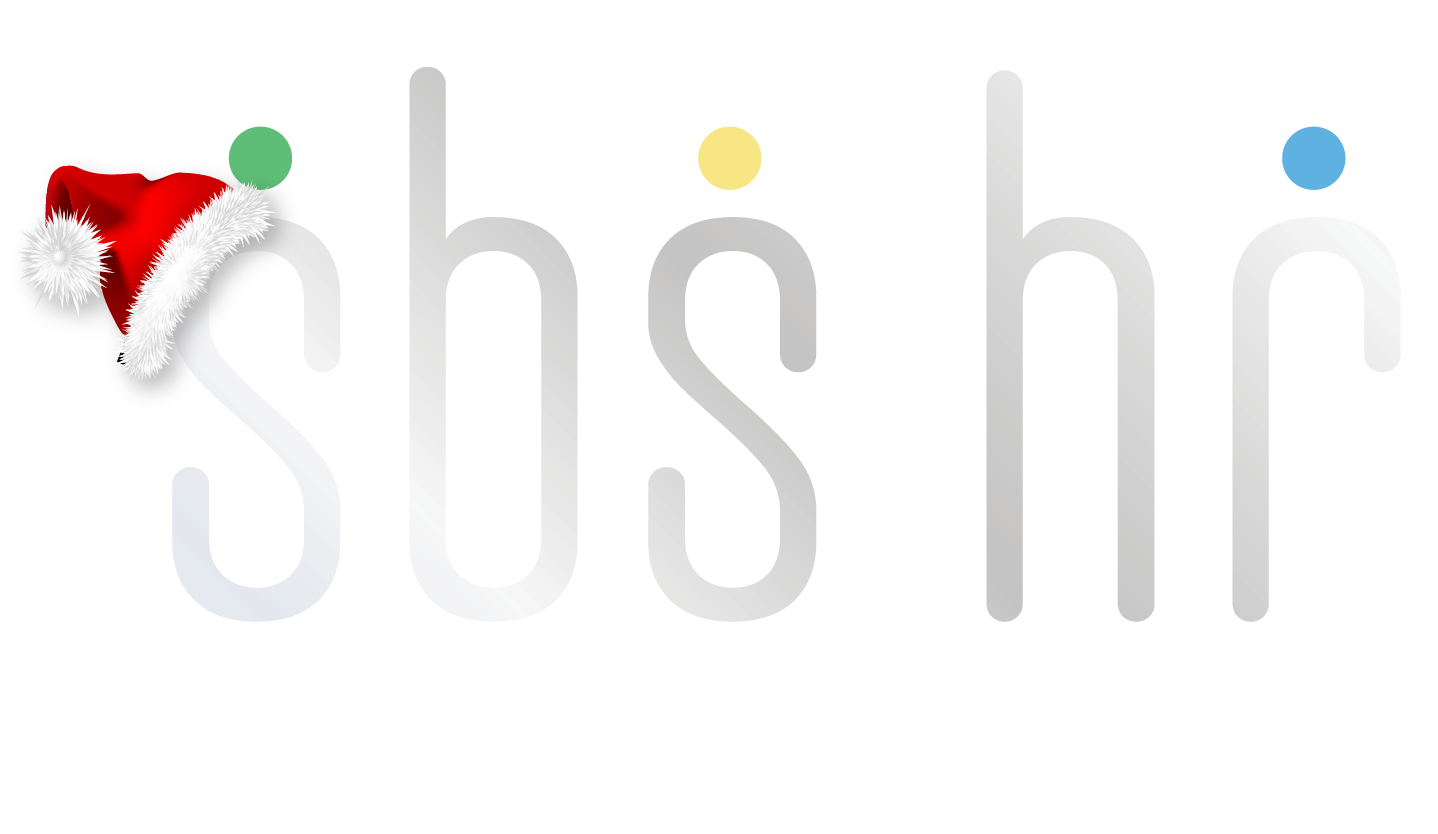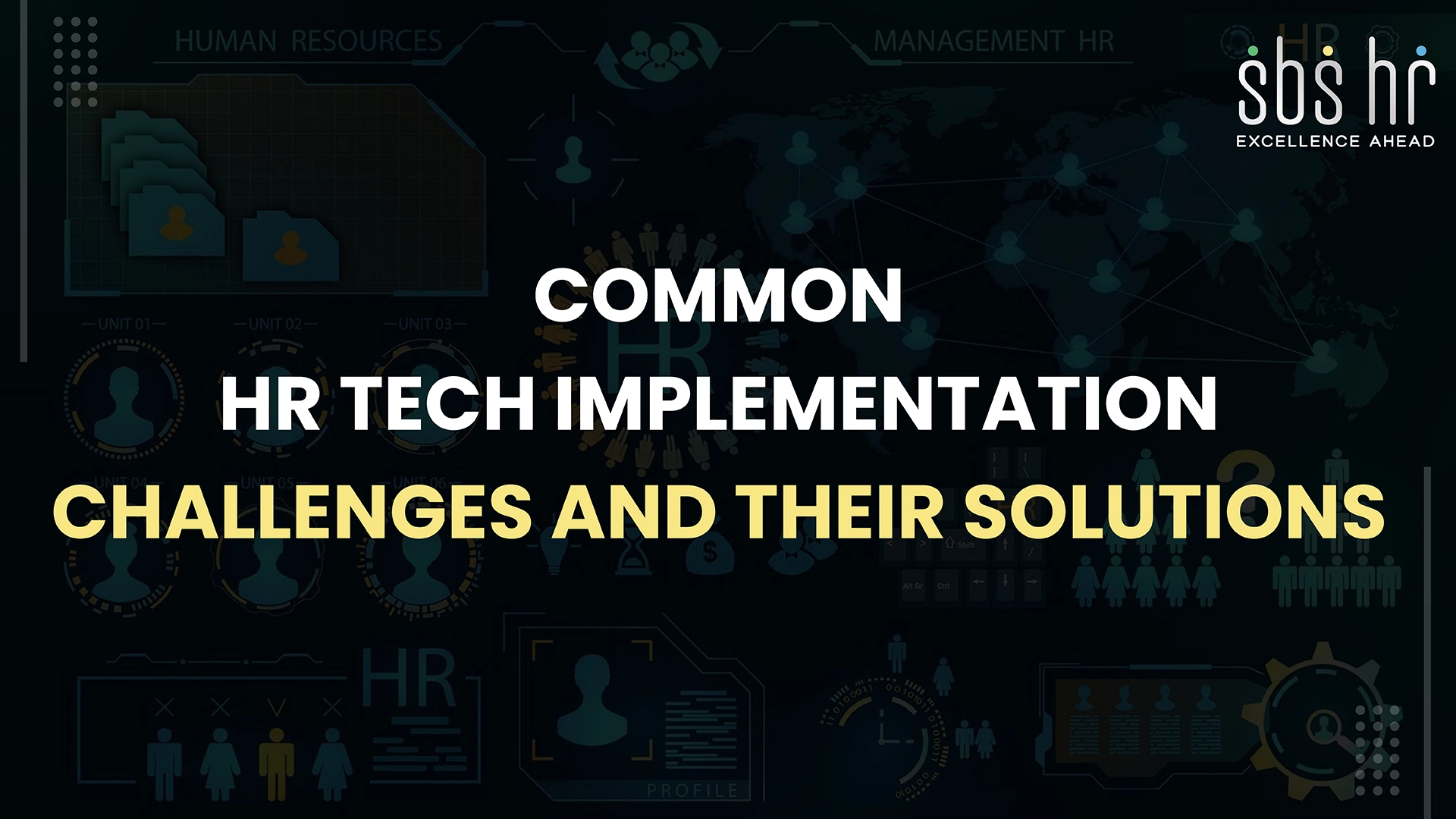Implementing HR technology can present various challenges that require innovative solutions to overcome. From integration issues to user adoption hurdles, navigating these obstacles is crucial for ensuring a successful rollout. How have you creatively tackled integration challenges in your organization’s HR tech implementation? What strategies have proven effective in enhancing employee engagement during the adoption phase?
Resistance to Change:
Employees and managers at your company might resist new HR technology due to comfort with existing systems, fear of the unknown, or concerns about job security.
Communication:
Clearly articulate the benefits of the new HR technology, emphasizing how it will improve workflows and outcomes for your company and its clients. Use real-life success stories and case studies to illustrate these benefits. This aligns with HR best practices and employee engagement strategies.
Involvement:
Involve staff in the selection and implementation process to enhance their sense of ownership and acceptance. Create focus groups and solicit feedback regularly. This approach is crucial in HR policy development and employee relations consulting.
Training and Support:
Provide comprehensive training and continuous support to help employees become comfortable and proficient with the new system. Offer hands-on workshops, create user manuals, and establish a help desk for ongoing assistance. These steps are vital for successful HR process automation and employee satisfaction surveys.
Data Migration Issues:
Transferring data from legacy systems to new HR platforms can be complex and error-prone, posing a challenge for your organisation.
First develop a detailed data migration plan with clear timelines and responsibilities. This plan should outline each step of the migration process, from data extraction to validation and final import. Additionally, ensuring that data is cleaned and standardized before migration is crucial to maintaining accuracy. We should invest time in data cleansing activities, such as removing duplicates, correcting errors, and formatting data consistently. Finally, conducting multiple rounds of testing before the system goes live is essential to identify and resolve any issues proactively. By following these steps diligently, SBS HR can minimize the risk of data migration issues and ensure a smooth transition to the new HR platform, essential for HR analytics and employee records management.
Integration with Existing Systems:
To overcome this challenge, SBS HR should start by conducting thorough compatibility checks to ensure that the new HR technology aligns with the organization’s existing systems. If necessary, we should work with vendors to develop custom APIs or integration solutions to facilitate seamless data exchange between systems. Collaborating closely with vendors throughout the integration process is essential to address any technical issues that may arise and ensure that integration efforts remain on track. By adopting these strategies, SBS HR can streamline the integration process and maximize the benefits of their new HR technology.
User Adoption and Engagement:
User-Friendly Design: In selecting HR technology, prioritize platforms with intuitive interfaces and user-friendly features tailored to the needs of SBS HR staff. Conduct usability testing to ensure that the chosen system aligns with the workflow preferences and skill levels of users. Customizable dashboards and personalized settings can enhance user experience, allowing employees to tailor the system to their specific roles and tasks. Additionally, invest in user training and onboarding programs to familiarize your colleague staff with the new HR technology and maximize its potential. This aligns with employee performance management and HR technology consulting.
Ongoing Training:
Implement a comprehensive ongoing training program that includes a variety of learning modalities, such as in-person workshops, online courses, video tutorials, and self-paced modules. Tailor training sessions to different user roles and proficiency levels within SBS HR, ensuring that each staff member receives the necessary support to become proficient with the new HR technology. Additionally, provide access to a repository of training resources and documentation that users can refer to as needed, empowering them to troubleshoot issues independently and deepen their understanding over time. This is vital for HR compliance and risk management and employee lifecycle management.
Feedback Mechanism:
Implement a user-friendly feedback tool within the HR technology platform itself, allowing your colleagues to submit suggestions, report issues, and vote on proposed enhancements directly from their user interface. Assign dedicated personnel to monitor and respond to incoming feedback promptly, acknowledging submissions and providing status updates on any actions taken. Regularly review feedback trends and prioritize improvements that align with SBS HR’s strategic objectives and user priorities. Host periodic feedback forums or focus groups to facilitate more in-depth discussions and gather qualitative insights into user experiences. This approach supports HR shared services and HR strategy consulting.
Conclusion:
SBS HR is committed to helping your organization navigate the complexities of HR technology implementation. By addressing common challenges with tailored solutions, and expert guidance, we ensure that your transition is seamless and beneficial. Ready to unlock the full potential of your HR technology? Connect with SBS HR today and let us guide you towards a successful digital transformation!


